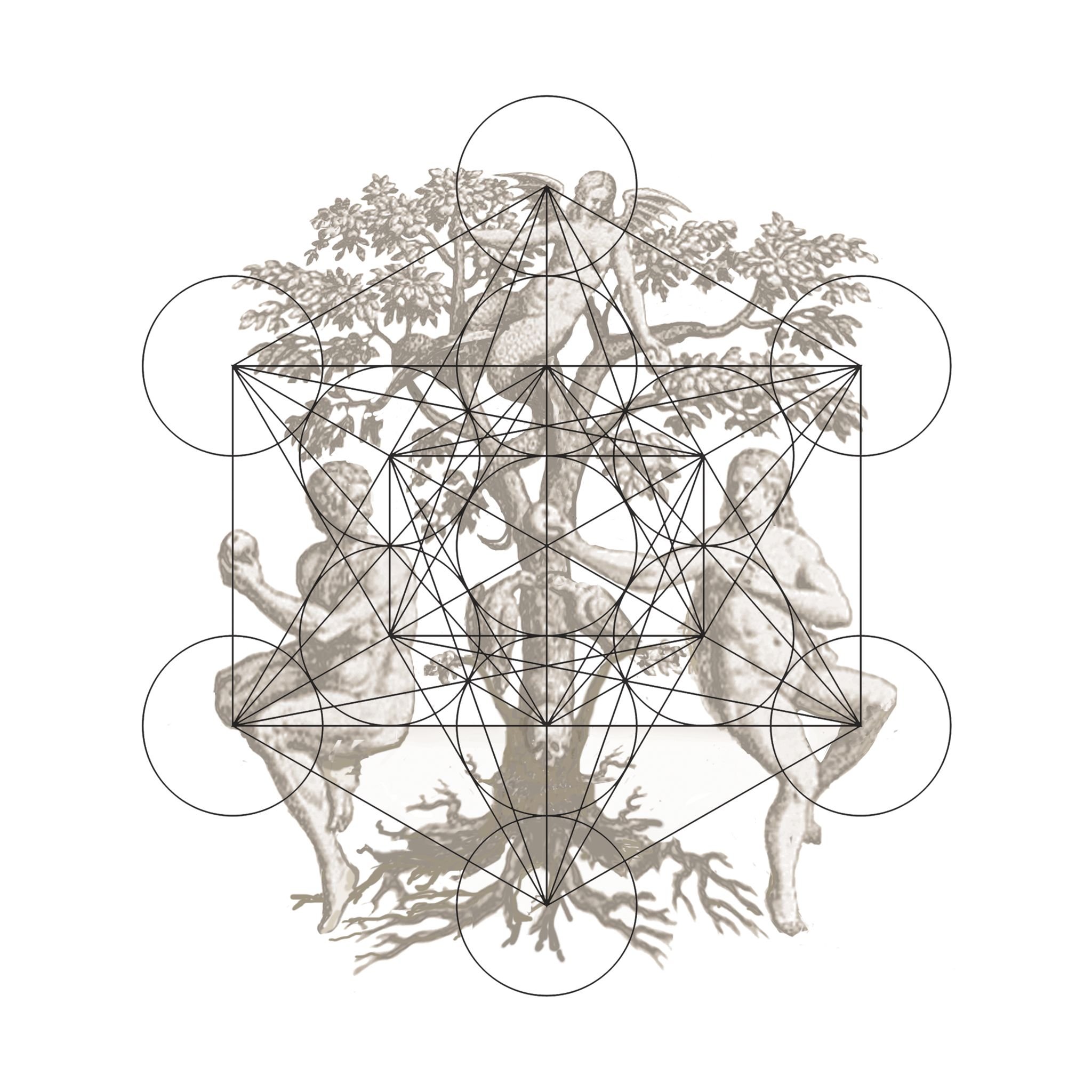Sarah Ball 'Bertillon' Opens at Anima-Mundi
Sarah Ball's extraordinarily empathetic solo exhibition 'Bertillon' opened on all three floors at Anima-Mundi on Friday 4th August to an incredible response.
The exhibition poses question - Do you judge a book by its cover? It is human nature to do so after all? Within a fraction of a second our subconscious decides if a person is good, bad, dangerous or trustworthy. The subject of ‘physiognomy’ is the primary concern of Sarah Ball in her exhibition of miniature and larger than life intimate and confrontational portrait oil paintings.
The title exhibition takes its name from Alphonse Bertillon (24 April 1853 – 13 February 1914), a Parisian police officer and bio-metrics researcher who aimed to develop an identification system based on physical measurement and characteristics of the suspects face. This supposedly outdated practice, whereby people have their character or moral compass decided by the geometries of their face, was a common 19th century method, which dictated that an individual’s appearance was connected to their ethics and character. Perhaps these judgements have never gone away?
This innately human trait to judge ‘others' is especially aroused by today’s broiling climate of racial profiling, the refugee / migrant crisis, Brexit determination, Grenfell Tower catastrophe and Donald Trump’s muslim travel ban and promise of a ‘wall’ on the Mexican border; the media is awash with images and stories describing conflicting views, injustices and inconvenient ‘truths’. We are prodded with images of ‘suspicious people’ flooding our shores and stealing our jobs; fleeing refugees falling from stricken boats, inconveniently convening and 'making a mess' of scenic holiday spots - ruining the family trip to Kos; Mexican immigrants dying in the back of a lorry parked outside a Walmart in the baking heat, a stones throw from the border. These and an ever increasing multitude of incidents generate an increasingly mixed response from us, the public. The human stories of these casualties are often overlooked, perhaps partly because they are now so common place. How do we process this threat of ‘others’. For some there is fear and anger by association, for others there are attempts at compassion and empathy.
‘Bertillon’ is a continuation of Ball’s quest to reveal the human truth of her anonymous protagonists. In this new collection of paintings, which vary in scale from small studies to larger-than-life portraits, Ball asserts but also tests the notion that we all somehow ‘fit' together, bound by a kindred connection that makes us human. In this case, the viewer is required to consider this problematic idea more closely as Ball has shifted the goal posts, reaching further towards the suspicion of ‘good’ and ‘bad’ and how prejudice leads to assumption about people, through assessing appearance.
Ball has researched and worked from a number of archival sources to build a diverse picture of human behaviour. From concentration camp guards taken from The Imperial War Museum archive, forced laborours from The Reichsbahn Ausbesserungswerk Freimann at The Deutsch-Russisches Museum Berlin-Karlshorst archive, an immigrant from The Sherman archives, subjects from 'The Alphonse Bertillon’ archive and accused subjects from a number of police mugshot archives. In the exhibition Ball hasn’t titled them with names or specifics, just a code, so we are left wondering who these people were and what they may have done.
Ball’s intimate, up-close paintings render these monochrome historical archives as absorbing, richly coloured, impactful portraits. The observed faces look intently back at the viewer, solemnly and sternly inviting new perceptions about their personal history. We are left with the heavy responsibility of making our own assumptions, aware that some of these faces are responsible for horrendous crimes, whilst others are the innocent victims of one of histories most terrible chapters. It emotionally requires us to consider responsibility, empathy, humanity and perception.
To view the exhibition images, and interview film click the banner link below:





